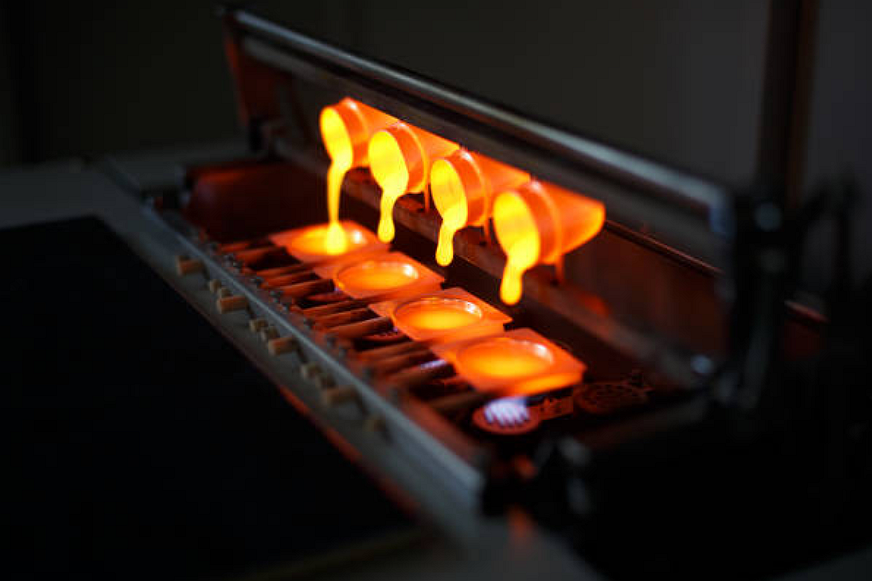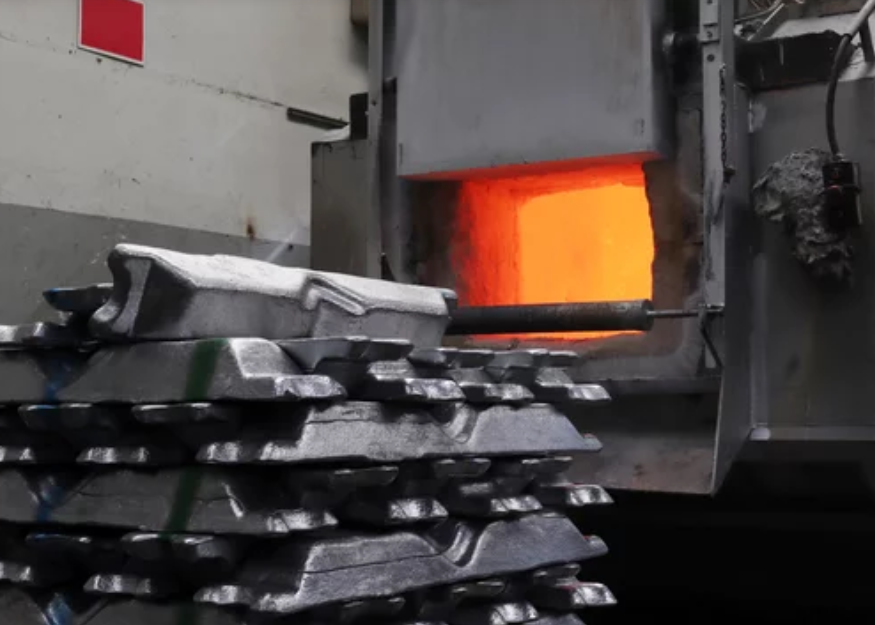How is long-term dimensional stability and corrosion resistance ensured in solar brackets?
In solar tracking systems and mounting brackets, dimensional stability and corrosion resistance are critical for maintaining long-term alignment, structural safety, and energy efficiency. These components are subjected to constant UV exposure, humidity fluctuations, wind loading, and mechanical stress. Therefore, the most reliable designs combine optimized geometry, stable alloy selection, and robust surface treatment to achieve a 20+ year service life. Near-net-shape manufacturing routes such as precision casting, sand casting, or gravity casting allow consistent wall thickness and better dimensional control, reducing the risk of warping or stress concentrations.
Material Selection for Stability and Strength
To ensure long-term dimensional stability, engineers often use heat-treatable aluminum alloys like A356, 360, and A380 because they combine low density with good rigidity and thermal expansion control. For higher structural loads, cast stainless steel or cast titanium offers superior fatigue resistance and dimensional retention after cyclic loading and extreme temperature variation. When corrosion becomes critical, especially in coastal energy installations, nickel-based alloys such as investment cast superalloys are used for connector and actuator components.
Surface Treatments to Prevent Corrosion and Degradation
Corrosion resistance cannot rely on material alone. Surface protection through anodizing and electroplating provides strong shielding against oxidation, while powder coating and brushed finishes improve durability and maintain aesthetics under UV exposure. For advanced actuator housings and joints, nitriding and passivation enhance fatigue strength and inhibit corrosion-induced cracking over time.
Manufacturing and Quality Control
Dimensional stability depends on both casting quality and post-processing accuracy. After investment casting or prototyping, critical areas must be finalized by CNC machining to ensure tolerance control and uniformity. Stress-relief heat treatment should follow to minimize residual stresses that can cause warping during service. Dimensional verification using CMM and fatigue testing under simulated environmental conditions are essential to validate performance before pilot batch or mass production.
Design Principles for Long-Term Service Life
Use rib-reinforced geometry and optimized wall thickness to avoid stress concentrations.
Allow drainage channels to prevent water accumulation that can accelerate corrosion.
Select materials with low thermal expansion to avoid seasonal dimensional drift.
Apply multilayer surface treatments for weather resistance and UV durability.
Validate both mechanical and environmental performance through accelerated aging testing.



